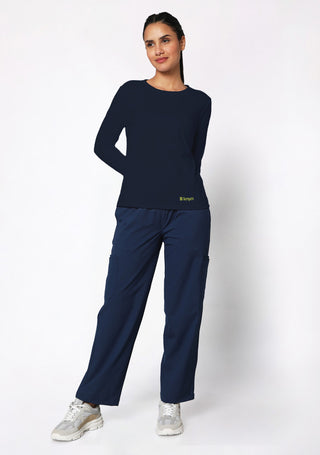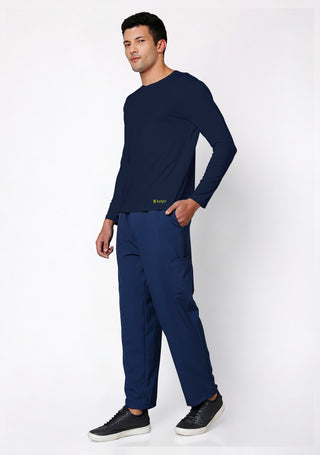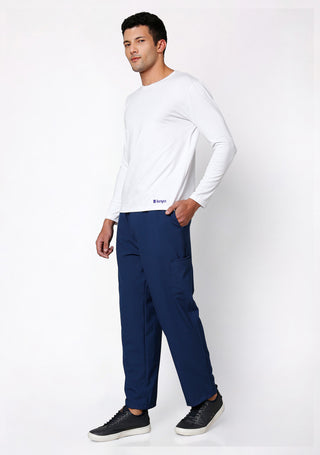Suturing is one of the most critical skills a medical professional must master. It’s not just about stitching wounds together—it’s about precision, hygiene, and ensuring the best possible healing process for patients. A well-performed suture can mean the difference between a smooth recovery and complications like infections or unsightly scars.
For beginners, learning suturing can be daunting. The precision required, the variety of suturing techniques, and the need for steady hands make it a challenging skill to perfect. But just like any other medical skill, practice makes perfect. And the right suturing kit can be a game-changer.
Whether you're a medical student just starting or a healthcare professional refining your skills, having a high-quality suturing kit is essential. In this guide, we’ll explore the importance of suturing kits, the best ways to practice, and how to choose the perfect kit to enhance your learning experience.
Why is Suturing Important?
Suturing plays a vital role in wound management, helping to:
- Close wounds efficiently to prevent infections
- Minimize scarring and improve cosmetic outcomes
- Promote faster healing by holding tissues together
- Reduce the risk of complications like bleeding or dehiscence
Since suturing is a fundamental skill in surgery, emergency medicine, and dermatology, mastering it early in your medical training is crucial.
Click here to Explore All Women's Scrubs and discover our complete collection of comfortable and stylish medical apparel
How to Master the Art of Suturing?
1. Start with the Right Equipment
A quality suturing kit is the first step in learning the skill effectively. The right kit contains all the essential tools needed to practice different suturing techniques, including:
-
Suture Pad: Mimics human skin for realistic practice
-
Needle Holder: Provides a firm grip for handling suturing needles
-
Tissue Forceps: Helps manipulate tissues and hold sutures in place
-
Scissors: Used to trim sutures after tying knots
-
Suture Thread & Needles: Different types of sutures for varied wound closures
Investing in a high-quality suturing kit ensures a smoother learning experience and helps you build confidence before working on real patients.
2. Practice with Alternative Materials
Before transitioning to human tissue, practicing on alternative materials can help refine your technique. Some of the best materials to practice on include:
-
Bananas: Mimic thick human skin, helping develop the skill of cutting and stitching deeper layers.
-
Peaches: Resemble soft, delicate human skin, great for learning precision suturing.
-
Grapes: Have a thin outer layer that tests your ability to handle fragile skin without causing excessive damage.
-
Chicken Breasts: Provide a real feel of suturing through muscle layers, similar to human tissue.
-
Suture Practice Pads: The closest simulation to real skin, allowing you to practice various suturing techniques, including interrupted, continuous, and mattress sutures.
3. Maintain Proper Hygiene and Safety
One of the most critical aspects of suturing is maintaining hygiene to prevent infections. Always follow these steps:
-
Wear gloves before handling suturing equipment.
-
Disinfect practice materials to maintain a sterile environment.
-
Dispose of used needles properly to avoid accidental injuries.
Even when practicing, following proper medical protocols ensures you develop the right habits for real-life situations.
4. Learn and Master Different Suturing Techniques
Different wounds require different suturing techniques. Some of the most commonly used suturing methods include:
-
Simple Interrupted Suture: The most basic and widely used technique.
-
Continuous Suture: Faster but requires precise tension control.
-
Mattress Suture: Provides extra strength for deep wounds.
-
Subcuticular Suture: Used for cosmetic purposes, leaving minimal scars.
Practicing each of these techniques repeatedly will help you gain confidence and expertise.
5. Time and Patience: The Key to Mastery
Becoming proficient in suturing doesn’t happen overnight. It takes consistent effort, patience, and hands-on practice. Experts say that mastering any skill requires 10,000 hours of practice, and suturing is no exception. The more time you invest in practicing, the better your precision, technique, and speed will become.
Ready to explore our amazing scrubs collection? Browse the best here
Choosing the Best Suturing Kit for Beginners
When selecting a suturing kit, look for:
-
A realistic suture pad that mimics human skin.
-
High-quality tools made of stainless steel.
-
Varied sutures and needles to practice different techniques.
-
A comprehensive instruction manual to guide beginners.
Investing in the right kit can make learning suturing much easier and more effective.
Conclusion: Practice, Precision, and Persistence
Suturing is a vital skill for any medical professional, and mastering it requires dedication, patience, and the right tools. By choosing a high-quality suturing kit, practicing on various materials, and perfecting different suturing techniques, beginners can build confidence and expertise in wound closure.
Whether you're a medical student, a surgical trainee, or a healthcare professional looking to refine your skills, suturing practice is a lifelong learning process. Keep practicing, stay patient, and soon, you’ll be handling real-life suturing cases with confidence and precision.























































